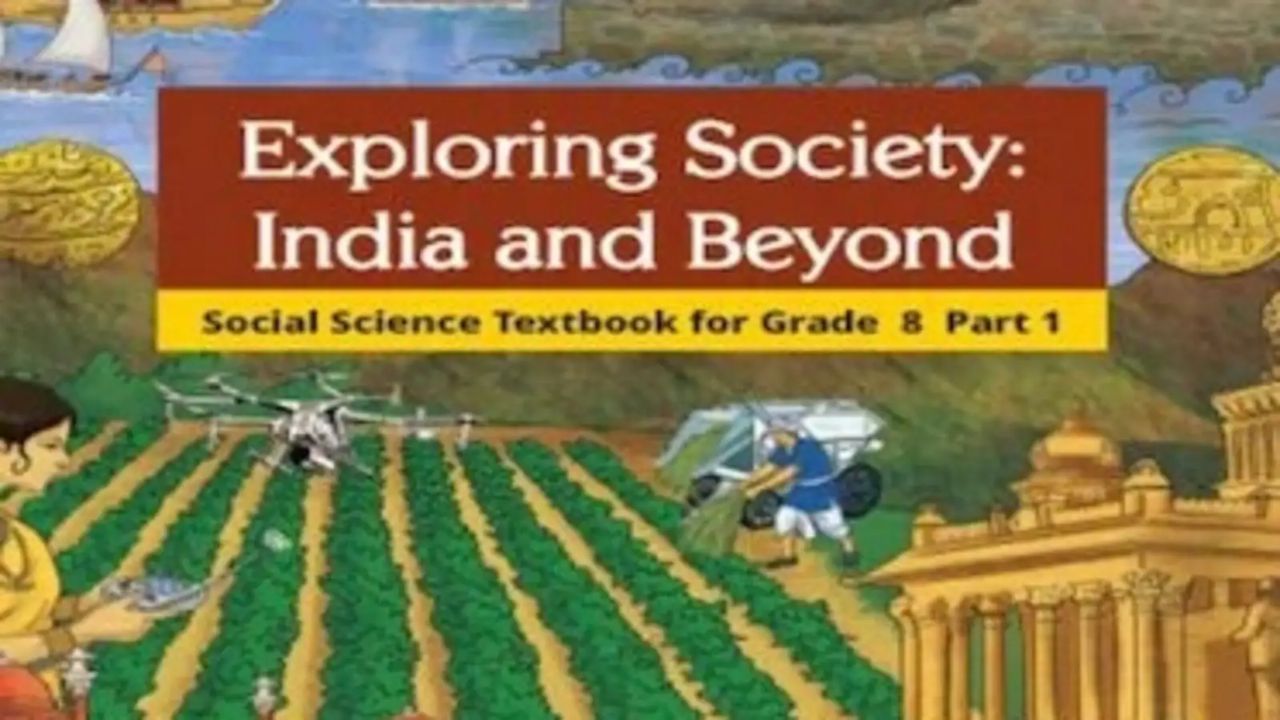India’s Textbooks Recast Medieval History, Shifting the Story of Mughals and Marathas

India’s national curriculum body has introduced sweeping changes to how medieval Indian history is taught, reshaping the portrayal of Mughal emperors while spotlighting regional powers such as the Marathas, Sikhs, and Rajputs.
The new volume, Exploring Society: India and Beyond, published by the National Council of Educational Research and Training (NCERT), depicts Babur as both cultured and ruthless, noting his “towers of skulls” and the enslavement of populations. Akbar, long celebrated for his policy of tolerance, is reframed through the lens of his siege of Chittorgarh, in which 30,000 people were killed. Aurangzeb, meanwhile, is cast as the embodiment of intolerance, remembered for temple destructions, the reimposition of the jizya tax, and the tightening of religious codes.
In contrast, the rise of Shivaji and the Marathas takes center stage. The textbook describes his daring raids as akin to modern “surgical strikes,” positioning him as a master strategist and a symbol of Hindu resistance. Alongside Shivaji, the struggles of the Sikhs, Ahoms, Jats, Rajputs, and tribal communities are highlighted as movements of sovereignty and cultural defense.
Equally notable are the silences. Gone are Raziyya Sultan and Nur Jahan, once prominent female figures in the medieval narrative. Tipu Sultan and Haidar Ali, central to earlier accounts of the Anglo-Mysore wars, have also disappeared.
The NCERT argues that the revisions are rooted in “well-known primary and secondary academic sources” and aligned with India’s new education policy (NEP 2020) and the 2023 National Curriculum Framework. Officials say the changes are intended to encourage students to confront the violence of the past critically, while avoiding what they describe as the “projection of modern guilt politics” onto historical figures.
Yet the reframing has already stirred debate among educators and historians. Critics see the omissions as ideological, narrowing the complexity of India’s medieval past. Supporters argue the revisions restore balance, correcting what they view as Mughal-centric storytelling.
What remains clear is that the retelling of India’s history is no longer confined to the classroom. With each new edition, the country’s battles over memory, identity, and power are being fought as fiercely on the page as they once were on the battlefield.
Read Latest News and Breaking News at The Newsman, Browse for more Education News



